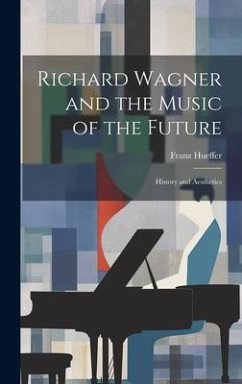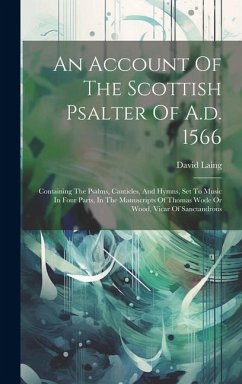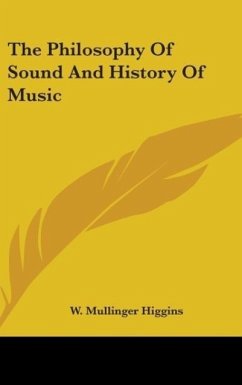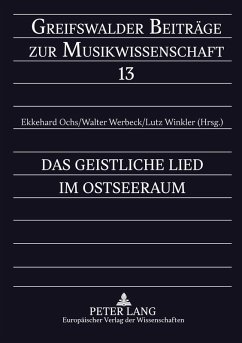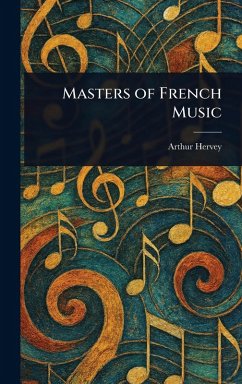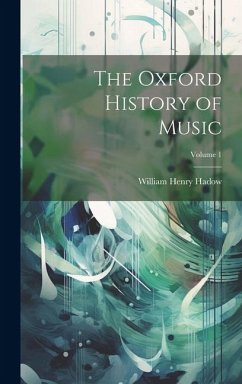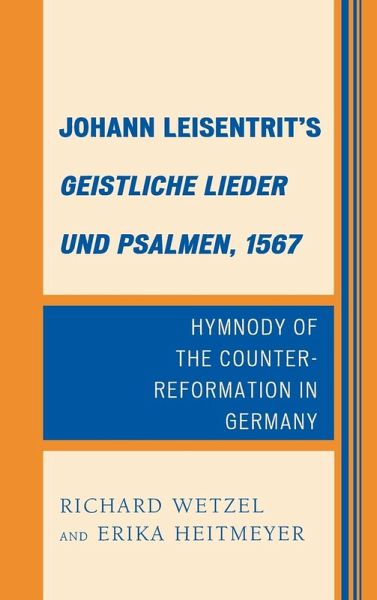
Johann Leisentrit's Geistliche Lieder und Psalmen, 1567
Hymnody of the Counter-Reformation in Germany
Versandkostenfrei!
Versandfertig in 1-2 Wochen
137,99 €
inkl. MwSt.
Weitere Ausgaben:

PAYBACK Punkte
69 °P sammeln!
In their analyses of a pivotal work from the Counter Reformation in Germany, the authors provide a broader knowledge of the religious, political, and humanistic currents of the sixteenth century. Their book adds to scholarship by Bäumker, Wackernagel, Zahn, Ameln, Lipphardt, and others, and will be an essential reference work for research in the history of hymnody and religion in Germany.





